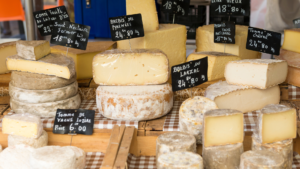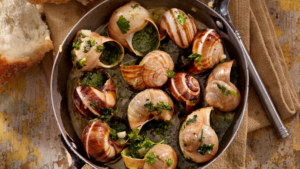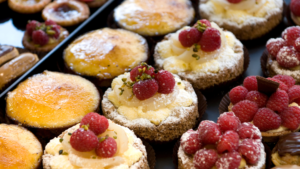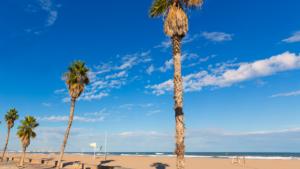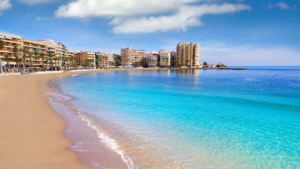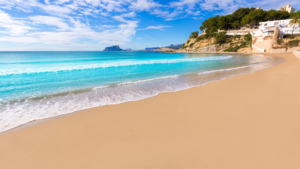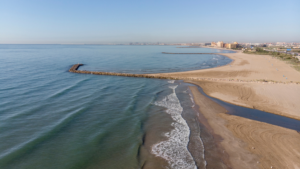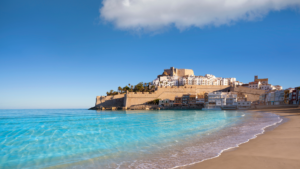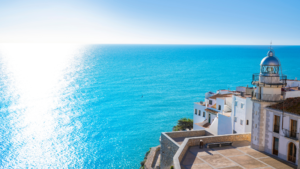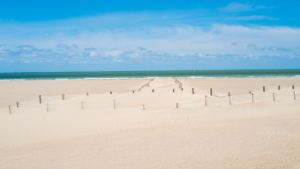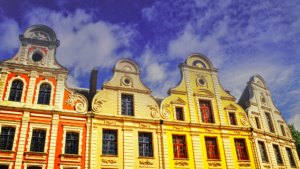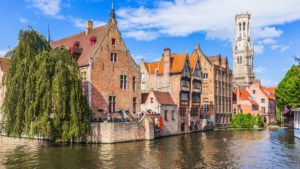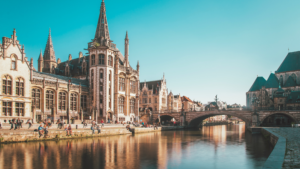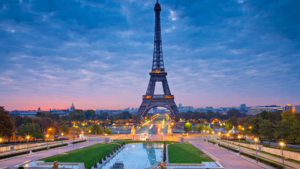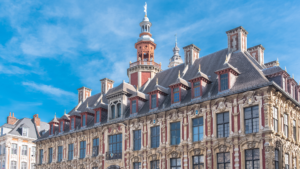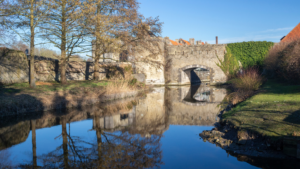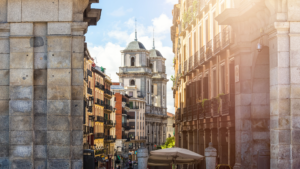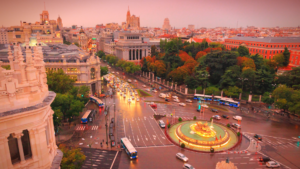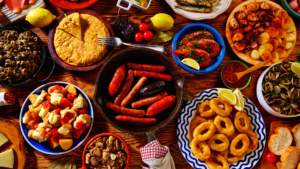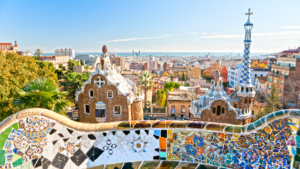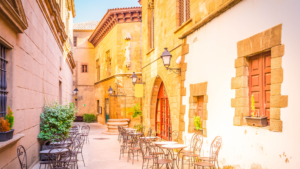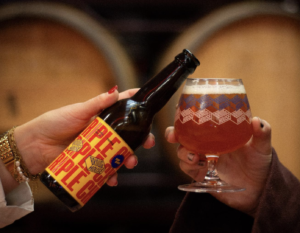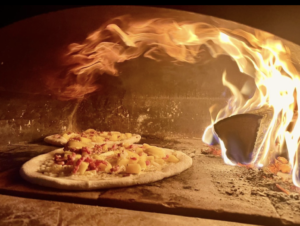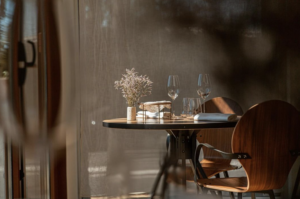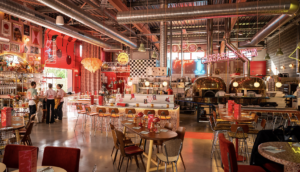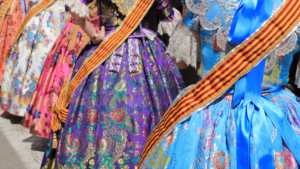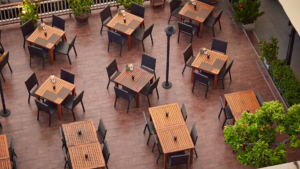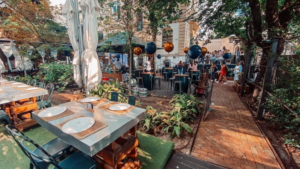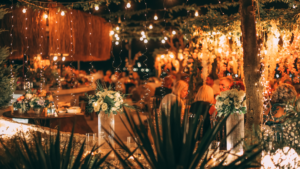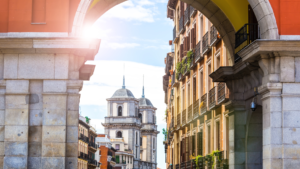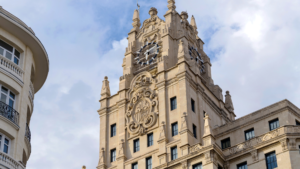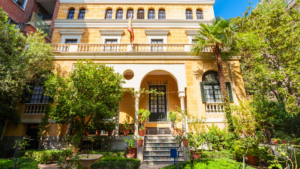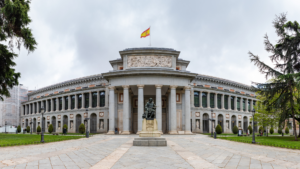Craving brunch?
Lille, a dynamic northern French city, is not only famous for its rich history and stunning architecture but also for its lively culinary scene. Among the many gastronomic experiences the city offers, brunch has become a weekend ritual for locals and a must-try for visitors. We’re ready to take you through the best spots for brunch in Lille, ensuring you start your day in the most delicious way possible 🍽️ 🥐
Best Spots for Sunday Brunch in Lille
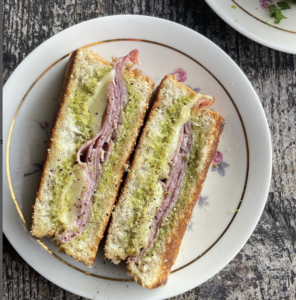
Mother
Step into Mother for a quick brunch and disconnect from the hustle and bustle of the city. This restaurant prioritizes eco-friendly and local produce. Mother is ideal for those who enjoy wholesome, sustainably sourced meals in a cozy atmosphere. It is the ideal place for unwinding on a Sunday morning.
- Menu highlights: Seasonal quiches, homemade granola.
- Vibe: Warm, cozy atmosphere.
- Address: 29 Boulevard Jean-Baptiste Lebas, Lille
Tamper! Espresso Bar
Tamper! Espresso Bar brings a slice of British cafe culture to Lille! They serve up a hearty and satisfying brunch with a focus on quality and comfort. Tamper prides itself on its high-quality coffee and traditional English breakfast options.
- Menu highlights: Full English breakfast, avocado toast.
- Vibe: Casual, hip, and friendly, perfect for coffee enthusiasts.
- Address: 10 Rue des Vieux Murs, Lille
Gorilla Food & Coffee
A vibrant and eco-conscious gem in Lille, Gorilla Food & Coffee stands out for its commitment to healthy, European cuisine. Perfect for those who enjoy organic and nutritious meals, this café provides a diverse brunch experience in a setting that prioritizes well-being and environmental responsibility. Plus, they are vegan, vegetarian and gluten-free friendly!
- Menu highlights: Delicious homemade cakes & coffee, wraps and flatbreads.
- Vibe: Homemade food & diverse menu, casual dining.
- Address: 4 rue du Professor Langevin, Lille
Elizabeth’s

Reminiscent of a quaint English tearoom, Elizabeth’s also offers a touch of British charm in the heart of Lille. The menu features classic brunch items, making it a delightful spot for those who enjoy traditional English food in an elegant setting.
- Menu highlights: Scones with clotted cream and jam, Eggs Benedict.
- Vibe: Quaint and charming, with a touch of British elegance.
- Address: 71, Rue Basse, Lille
Tous Les Jours Dimanche
Known for its welcoming atmosphere and home-style cooking, Tous Les Jours Dimanche is a favorite among locals for a relaxed Sunday brunch. The menu changes regularly, reflecting the freshest ingredients available.
- Menu highlights: Freshly baked bread, brunch platters.
- Vibe: Laid-back, rustic, and welcoming.
- Address: 13 rue Bartholomé Masurel, Lille
Brunch in Lille near the City Center
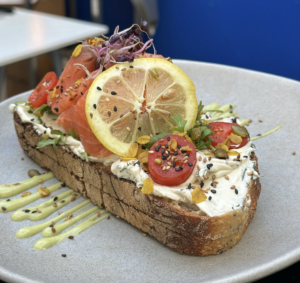
Wally’s Coffee
Right in Lille’s bustling city center, Wally’s Coffee stands out as a popular destination for brunch enthusiasts. The cafe offers a diverse menu that caters to all tastes, served in a spacious and modern setting.
- Menu highlights: Grilled cheese, falafels, milkshakes.
- Vibe: Lively, modern, and spacious with a charming staff.
- Address: 133 rue du Molinel, Lille
Oxford Café
Oxford Café is a testament to simplicity and comfort, offering a no-frills brunch experience in the city center. The café is known for its straightforward yet delicious brunch selections, making it a great spot for a quick and casual meal.
- Menu highlights: Pancakes, omelets, smoothies.
- Vibe: Friendly, informal, and comfortable.
- Address: 21 Rue Saint-Pierre Saint-Paul, Lille
Sweet Flamingo
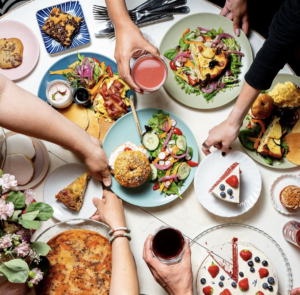
An enchanting diner, Sweet Flamingo is a delightful choice for brunch enthusiasts in the Lille city center. Renowned for its aesthetic cozy setting, Sweet Flamingo offers a plethora of sweet and savory options. On the weekend, they have American and English-inspired brunches with everything from bacon to pancakes and unlimited coffee.
- Menu highlights: Scrambled eggs, hash browns, pancakes
- Vibe: Friendly, colorful, and cozy
- Address: 24 rue Nicolas Leblanc, Lille
Café Le Parvis
Located in the midst of the city, Café Le Parvis offers a classic brunch experience with a modern twist. This spot is perfect for those looking to enjoy traditional French cuisine in a sophisticated yet comfortable setting.
- Menu highlights: French toast, croissants, artisan coffees.
- Vibe: Classic, sophisticated with a modern twist.
- Address: 26 Rue Bartholomé Masurel, Lille
Brunch in the Vieux-Lille
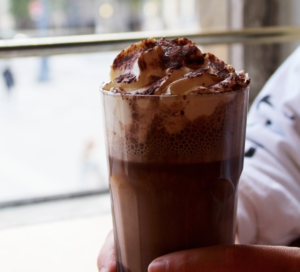
Notting Hill Coffee
Inspired by the famous London neighborhood, Notting Hill Coffee is yet another British homage in Lille. This café is perfect for those seeking a buzzing atmosphere paired with a robust selection of breakfast and lunch options.
- Menu highlights: English breakfast, pastries, variety of coffees.
- Vibe: Cozy, vibrant, and a bit of British flair.
- Address: 94 rue Esquermoise, Vieux Lille 4
Les Compagnons de la Grappe
This traditional French bistro offers a serene environment in the historic Vieux-Lille district. Les Compagnons de la Grappe is known for its locally inspired dishes and relaxed dining experience, making it a great choice for a leisurely brunch.
- Menu highlights: Local cheeses, charcuterie boards.
- Vibe: Old-world charm with a relaxed atmosphere.
- Address: 26 Rue Lepelletier, Lille
Lille Specialties That You Must Try
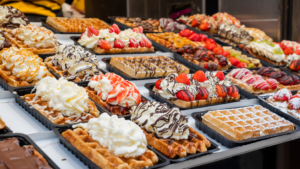
When it comes to culinary delights, Lille does not disappoint. The city’s cuisine is a reflection of its rich cultural heritage, offering a blend of French and Flemish flavors. We recommend trying the dish potjevleesch, a traditional terrine made with various meats, set in gelatin, and usually served cold with fries. Another local favorite is the tarte au maroilles, a savory pie filled with maroilles cheese.
For those with a sweet tooth, the gaufre fourrée, a soft waffle filled with sweet syrup or cream, is a must. But most importantly, no culinary exploration of Lille would be complete without trying the classic Welsh. This dish consists of bread soaked in beer, covered with melted cheese, and is often topped with a fried egg and ham.
What to Do After Brunch in Lille?
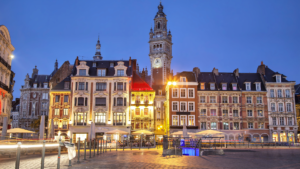
After enjoying a delightful brunch in Lille, immerse yourself in the city’s vibrant culture and history. Take a leisurely walk through the old town, Vieux-Lille, admiring its colorful facades and chic boutiques. Art lovers should not miss the opportunity to visit the Palais des Beaux-Arts, home to an impressive collection of fine art. For those seeking a slower pace, the Jardin Vauban is a perfect spot to digest and unwind amidst lush greenery. For a unique view of the city, the Belfry of Lille offers breathtaking panoramas, making it a fantastic post-brunch destination.
In addition to these attractions, Lille’s dynamic cultural scene provides various entertainment options ranging from live music to theater performances. Check out the modern Euralille district for its contemporary architecture and shopping centers. For a taste of local life, time your visit to coincide with the Wazemmes market, where you can browse through diverse goods and sample regional delicacies. Lille’s blend of historical charm and modern energy makes it an exciting city to explore.
A Bit About Lille, France
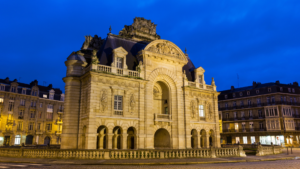
Lille, often referred to as the capital of French Flanders, is a city where cultural diversity and historical richness converge. Known for its festive spirit, especially during the famous Braderie de Lille, the city exudes a blend of French and Flemish influence. This is reflected in its architecture, from the grand Plaza Charles de Gaulle to the quaint houses of Vieux-Lille. The city has roots stretching back to medieval times, making it a fascinating destination for history buffs.
Lille Today
Despite its historical roots, Lille has embraced modernity and become a hub of cutting-edge art, fashion, and education. Lille’s transformation from an industrial past to a vibrant present is evident in its lively streets and plethora of things to do.
Lille is also home to several universities and is known for its youthful energy and innovative spirit. The city continues to be a thriving cultural hotspot, attracting students, artists, and tourists alike, eager to explore its unique charm and innovation – and brunch!
Want to read more about Lille?
- Discover the Best Day Trips from Lille, France
- La Braderie de Lille
- The Top 5 Vegan Restaurants in Lille
- The Best After-Work Spots in Lille
- From Lille to the Dunkirk Carnival
Looking for a place to live in Lille?
Check out our Urban Campus coliving spaces:
Photo Credits:
- Photo 1: Mother Instagram – see original post
- Photo 2: Elizabeth’s Tea Room Instagram – see original post
- Photo 3: Wally’s Coffee Instagram – see original post
- Photo 4: Sweet Flamingo Instagram – see original post
- Photo 5: Notting Hill Coffee Instagram – see original post
- Photos 6-8: Canva Free Media License
